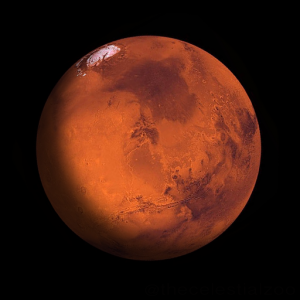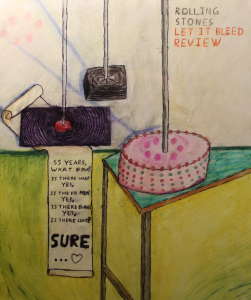NASA Perseverance searches of signs of life
February 17, 2021
On July 30th, 2020, NASA’s Mars rover, Perseverance, began its journey to the Jezero Crater. Jezero, a 28 mile-wide crater that used to be a lake, is believed to be an ideal place to look for evidence of past life on the Red Planet. If the mission is successful in its search for life, Perseverance will change scientists’ understanding of extraterrestrial life.
When Perseverance reaches the crater, it will collect Martian soil and rock samples that will eventually be returned to earth. Once returned, scientists will start examining the samples to see if there was once life on Mars. In 2018, NASA reported that the Curiosity rover, designed to explore the Gale crater on Mars, discovered organic molecules in sedimentary rock samples. The detection of organic modules in rocks like these indicates that life existed on the planet at one point. In 2012, scientists reported that measuring the ratio of methane and hydrogen levels may help determine if there was ever life on Mars, which is what they plan to study with the samples collected by Perseverance.
Though the mission is exciting, our exploration for life may have consequences. Scientists are worried about infecting Mars with life from Earth. Since humans built the Perseverance Rover, there is a possibility of microbial life being transported to the planet on the rover. This concern may bring financial burdens that easily cost 500 million to protect the planet. This makes searching for life on Mars far more difficult in the future. This concern brings up the question of if life transfers between the two planets. With the freezing, airless, radiation-filled journey through space, the idea remains highly improbable that the rover could transport life.
So, is there life on Mars? There is only one way to find out, and the Perseverance Rover will hopefully answer that question. The rover could also clear up many questions that scientists have about life on the red planet. It is scheduled to land on Thursday, February 18th, around 3:55 p.m. E.T.








Elliette Varley • Feb 22, 2021 at 12:35 pm
Thank you Mackenzie!
Mackenzie Saiz '27 • Feb 17, 2021 at 12:32 pm
Hi elliette! i really liked this and i can’t believe that you did this! it is really good!